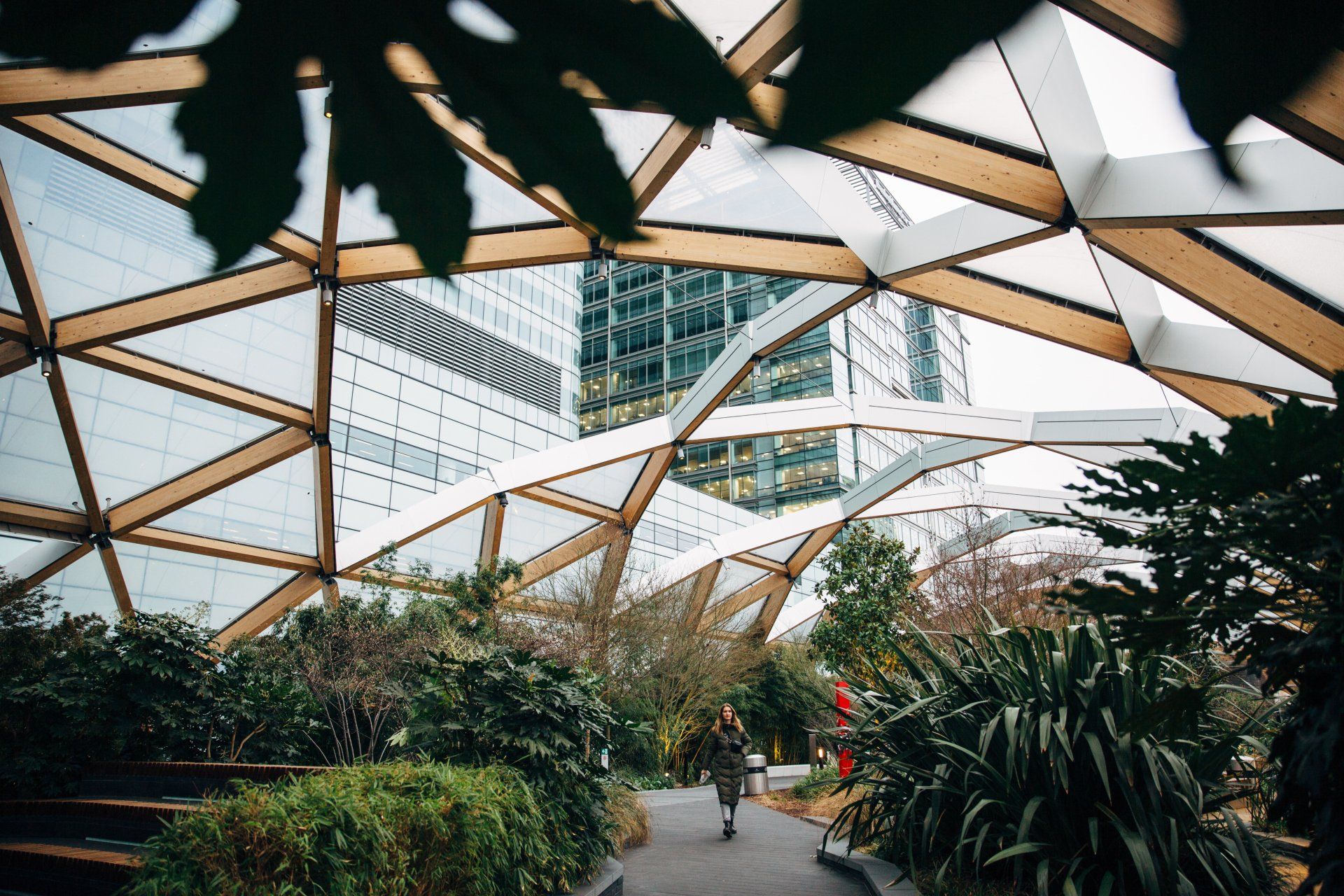According to new statistics released by the government, renewables provided 42.9% of the UK’s electricity last year, while fossils generated 38.5% - positive news for the UK in its journey towards net-zero.
Record-breaking figures
The analysis by the Department for Business, Energy and Industrial Strategy notes that last year was a record low for use of fossil fuels and compares it to the 75.4% share that fossil fuels held in 2010.
RenewableUK‘s Deputy Chief Executive Melanie Onn said: “Today’s record-breaking figures, set despite the pandemic, show that renewables are keeping this country reliably powered up during the most challenging period any of us have faced for many decades.
Wind generation
Offshore wind generation accounted for most of the increase of renewables in the electricity mix and was mainly driven by the high wind speeds that occurred over the year, as well as increased capacity. The report also reveals onshore and offshore wind together provided more than half of the UK’s renewable power in 2020, generating 24.2% of the UK’s total electricity needs.
RenewableUK‘s Deputy Chief Executive Melanie Onn said: “The offshore wind industry is attracting over £60 billion in private investment in this five-year period, helping to kickstart the Prime Minister’s green economic recovery and getting us closer towards net zero emissions on time.”
Reduced energy consumption
The total final energy consumption in 2020 was 13% lower than in 2019, whilst transport energy consumption was 28% lower – both at record lows. This decrease energy usage is a result of Covid-19 restrictions which meant that in most industries, commercial services and transport demand was reduced.
Moving towards net-zero
We’re committed to helping our customers reduce their emissions, shaping a net-zero future for the UK. Your business can play a part in helping the UK reduce polluting emissions through our variety of green products and services. Including our green energy tariff where 100% of supplied electricity is from renewable sources - with each megawatt backed by Guarantee of Origin certificates. Find out more about our green tariff for business below.




